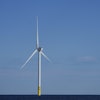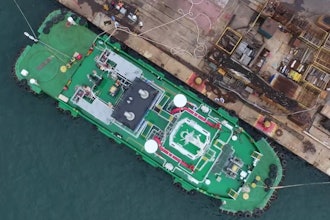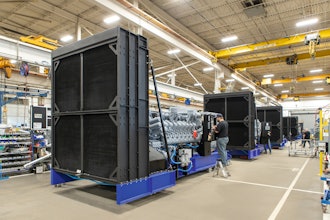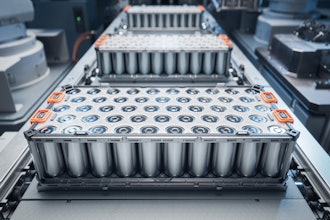
TOKYO (AP) — Five years after a powerful earthquake and tsunami sent the Fukushima Dai-ichi nuclear power plant in Japan into multiple meltdowns, cleaning up the mess both onsite and in surrounding towns remains a work in progress. Here's a look, by the numbers, at the widespread effects of radiation from the March 11, 2011, disaster:
___
164,865: Fukushima residents who fled their homes after the disaster.
97,320: Number who still haven't returned.
___
49: Municipalities in Fukushima that have completed decontamination work.
45: Number that have not.
___
30: Percent of electricity generated by nuclear power before the disaster.
1.7: Percent of electricity generated by nuclear power after the disaster.
___
3: Reactors online, out of 43 now workable. On Wednesday, however, a court issued an order for one of those three reactors to be shut down immediately.
54: Reactors with safety permits before the disaster.
___
53: Percent of the 1,017 Japanese in a March 5-6 Mainichi Shimbun newspaper survey who opposed restarting nuclear power plants.
30: Percent who supported restarts. The remaining 17 percent were undecided.
___
760,000: Metric tons of contaminated water currently stored at the Fukushima nuclear plant.
1,000: Tanks at the plant storing radioactive water after treatment.
10.7 million: Number of 1-ton container bags containing radioactive debris and other waste collected in decontamination outside the plant.
___
7,000: Workers decommissioning the Fukushima plant.
26,000: Laborers on decontamination work offsite.
___
200: Becquerels of radioactive cesium per cubic meter (264 gallons) in seawater immediately off the plant in 2015.
50 million: Becquerels of cesium per cubic meter in the same water in 2011.
7,400: Maximum number of becquerels of cesium per cubic meter allowed in drinking water by the U.S. Environmental Protection Agency.























